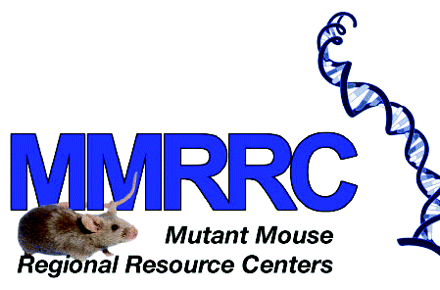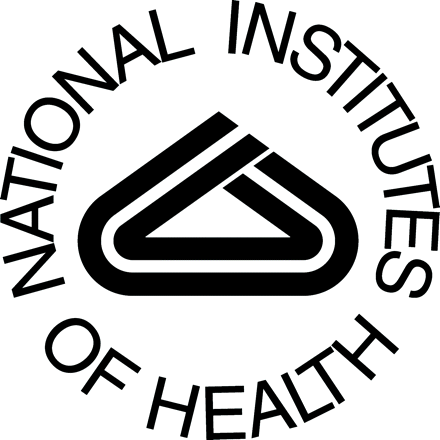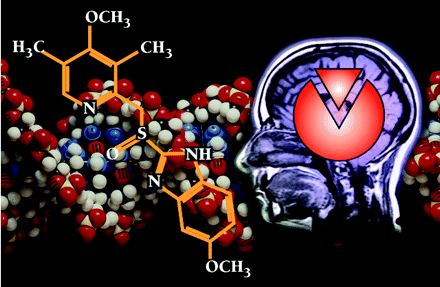Sites of interest on the World Wide Web
Mice by Mail

In this month’s MI, Lagas and colleagues write about combination knockout mice for studying multiple, often functionally overlapping, ATP-binding cassette drug transporters. While these combination knockout mice are highly engineered, with multiple genes knocked out, more basic knockout and mutant mice are available to researchers through the Mutant Mouse Regional Resource Centers (MMRRC). This organization (www.mmrrc.org) is supported by the National Center for Research Resources and serves as NIH’s repository of mutant mouse lines. For most strains and mutants, both embryonic stem cell lines and cryopreserved embryos are available, with live animals available for an additional charge. This resource provides mutant mice at a very reasonable cost, as compared to generating one’s own mutant mouse line, and is one of the many NIH-supported centers that provide valuable resources to investigators.
NIH Podcasts-Placebos and more

The nature of academic instruction has been continually evolving, from the advent of moveable type and printing press to the Internet and iPods. The NIH has assembled an impressive collection of audio and video podcasts of substantial length (most around one hour) on topics such as cell-cell signaling underlying synaptic formation, receptors, synapses and memories, host-pathogen interactions, aneuploidy, and bipolar disorder. The NIH VideoCasting and Podcasting site (videocast.nih.gov/Podcasts.asp) includes a popular topic that is highlighted by Sidney Scheindlin this month (see Reflections), namely, the Ethical and Regulatory Aspects of Clinical Research, which covers, in-depth, the ethical use of placebo in clinical trials and clinical trials with children. These audio and video podcasts are generated by leaders in their scientific fields, including medical school faculty and HHMI investigators.

Web-Based Pharmacology Primer and Quizzes
The Internet is full of information, much of it of questionable value. All the more reason to share those sites that provide valuable resources and facilitate learning. Once site that may be of interest, particularly to educators and students, is Medical Pharmacology and Disease-Based Integrated Instruction (www.pharmacology2000.com), a Web site established by Michael Gordon, PhD. These pages provide a medical pharmacology primer, covering the major topics of a general pharmacology course, such as antihypertensives, antipsychotics, neurotransmitter systems, and vasoactive peptide pharmacology. The "lecture notes" format is useful, but the real strength of the site comes from the integrated online quizzes. Students can review chapter content and take electronic quizzes to probe their understanding of particular topics. In addition, clinical pharmacology is integrated in the form of case notes associated with each topic. While this site will not replace a proper pharmacology course, it does provide a valuable additional resource for students to test their knowledge and help prepare them for their course exams.

GPCR Database Updated
The venerable GPCR database (see the Molecular Class-Specific Information System (MCSIS) project at www.gpcr.org) has been considerably updated and given a new interface and new tools. The resource, originally started in the early 1990s as an email-based service, has evolved considerably. Not only have the database holdings increased substantially, but it is now easier than ever to perform sequence searches, family alignments, snake-like view renderings, and gene information retrieval through a vastly improved user interface. This valuable resource should continue to provide researchers with a great place to start when searching for GPCR information.




